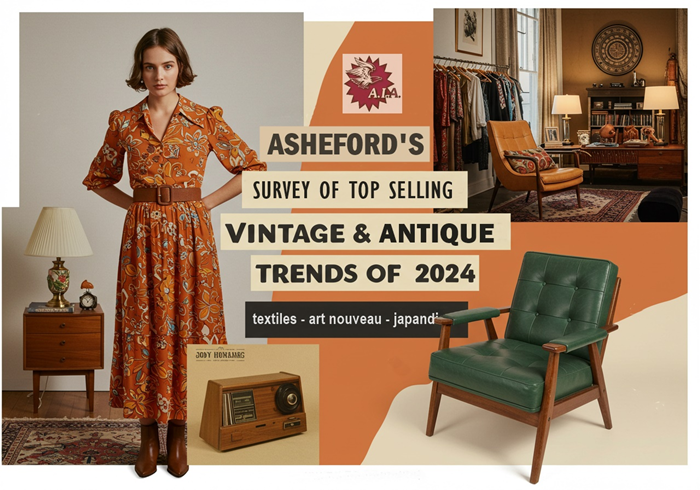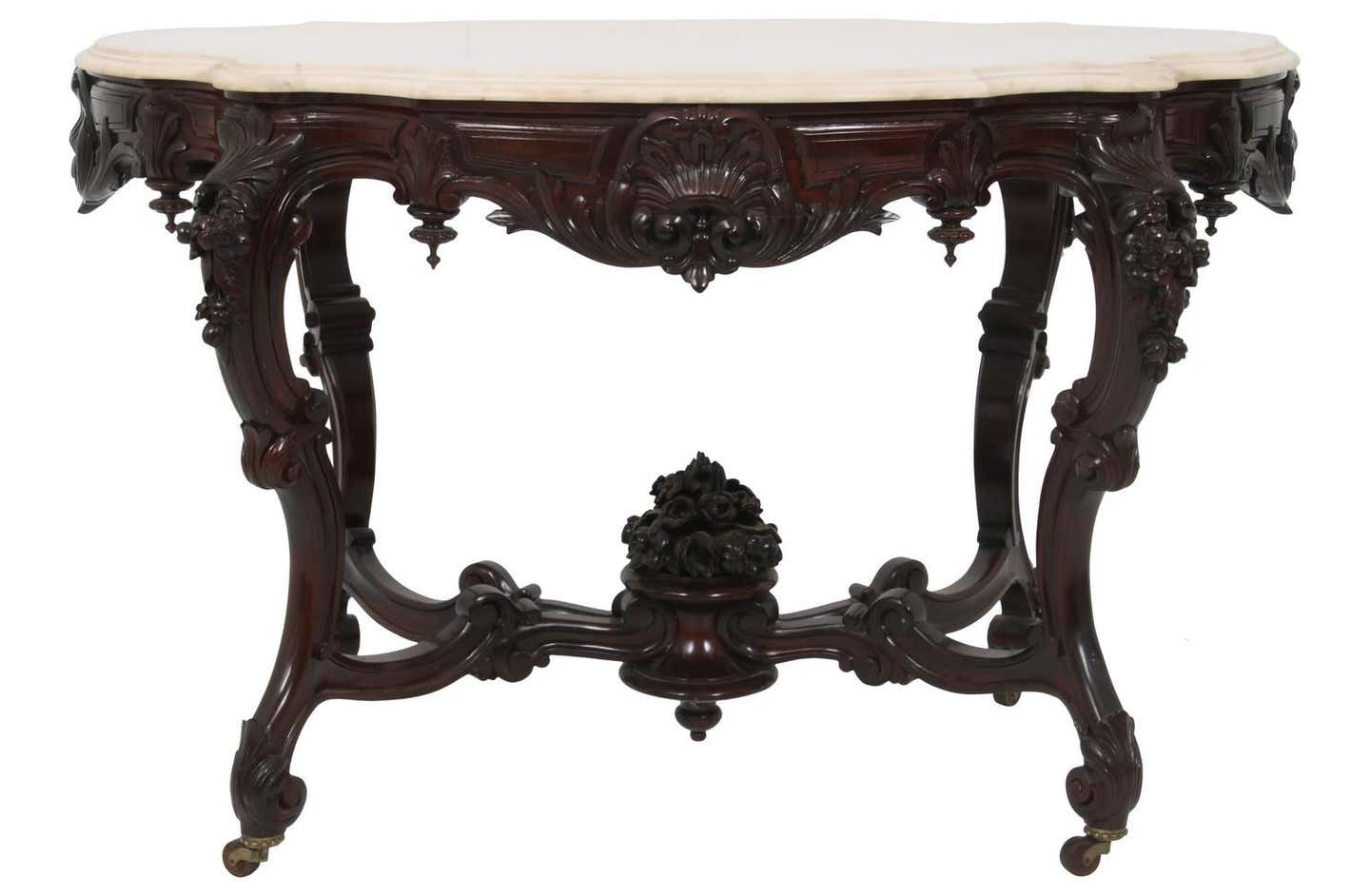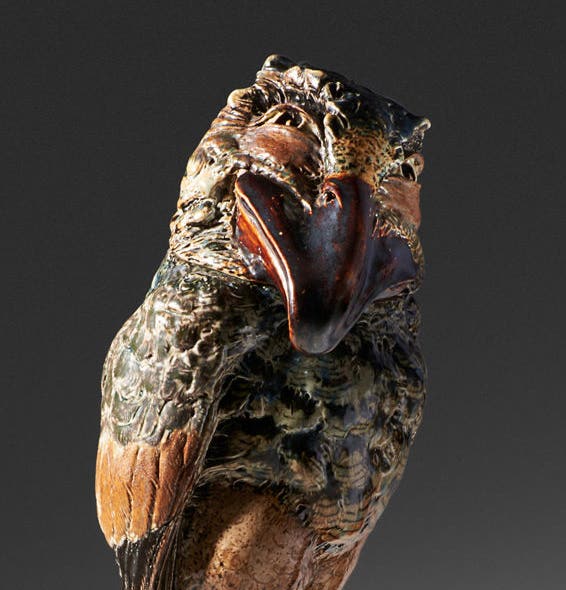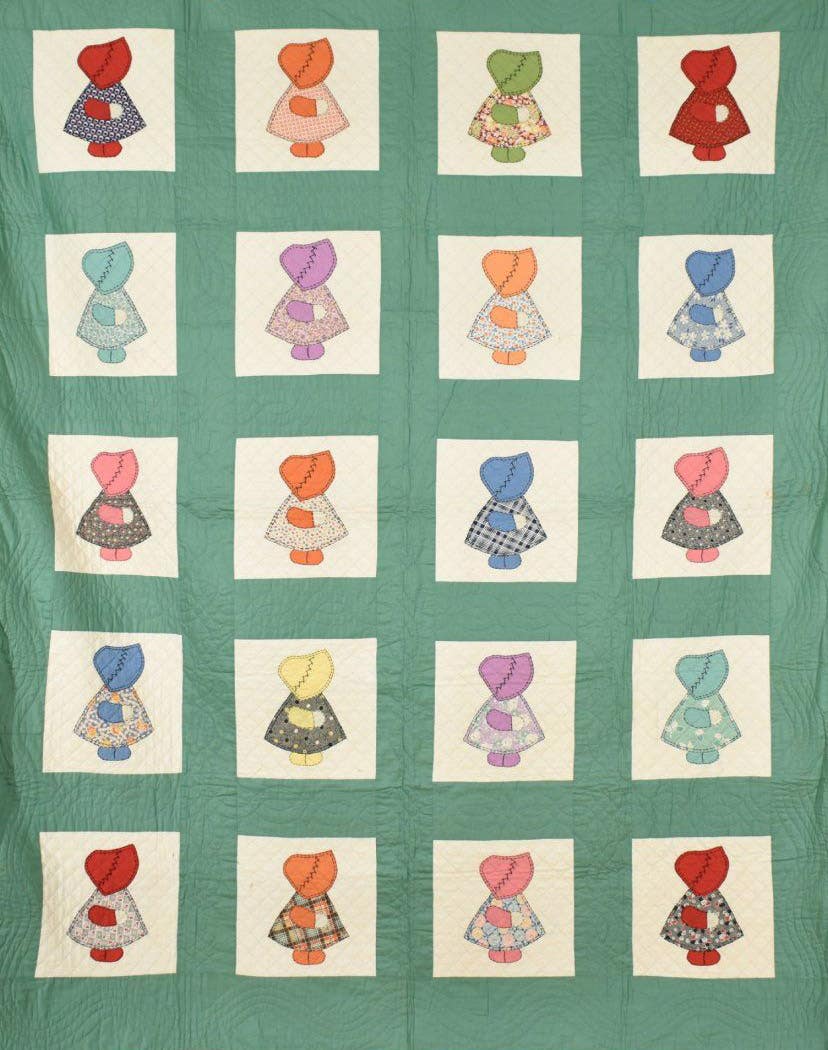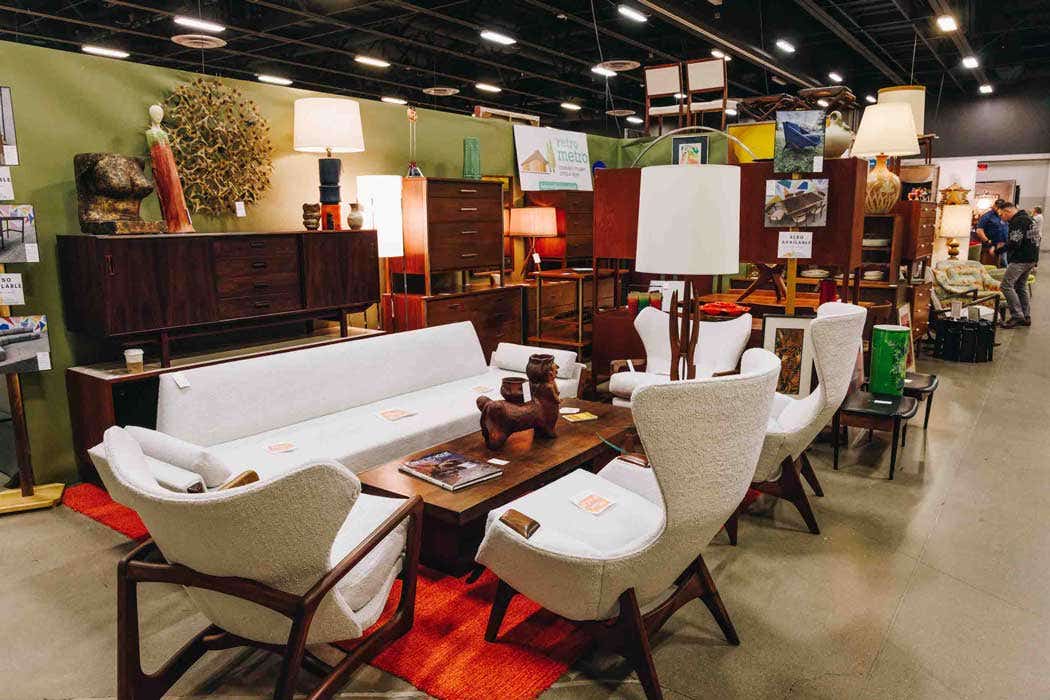Reverse-painted lamp carries a value of $1,250
Dr. G. Marchelos evaluates a trio of inquiries, including that of an antique pen, a table-top reverse-painted lamp, and a mango serving fork.
QI can’t find any markings on this beautiful lamp but it resembles the Handles and Jefferson models. I would like to know more about it and it’s general value.
— M.H., via email
A M.H. has a lamp with no markings which she believes could be a Handel or other brand. Several photos were included. Based on the photos present, this appears to be a reverse painted rural scene on a bronze base. This type of lamp was popular beginning just before WWI — with 1910 as a typical year. Many companies made this style of lamp including Miller, Pittsburgh Lamp Co.
The wiring appears to be a replacement. If we could look inside the socket, it should be copper or brass. Without scrutiny there is no way to know if flaws are present such as chips, fleabites or cracks. Also, the patina would have to be observed closely. If everything is in order, this lamp could easily bring $1,250 or more. Close inspection might reveal maker’s marks, artist initials, or signature, which would increase this value.
Serving Fork May All About Mangoes
Q Recently my brother found a serving piece that, except for the size, could be a mango fork. The piece is 10 3/4 inches long and 1 1/2 inches wide. The middle tine is 2 3/4 inches long, and the two side tines are 1 1/2 inches long. The mango fork I have in my collection (shown here in addition to the fork in question) is 8 inches long overall, that’s why I’m sure it’s a serving piece, maybe a carving fork?
It’s marked “GENSE 18-8 Stainless Sweden by (I think it says) Mastoom” in a script. Could I be right? If not, do you have an idea for its use? Since I’ve been collecting for about 20 years, I know in Europe they sometimes have different uses for utensils than we do.
— J.L., B.A., Olathe, Kansas
AYou indeed have a mango fork from Europe. The Dutch sometimes made extra long mango forks with flared tines spreading from a repousse scene.
This piece is stainless from Sweden and as a result, would not command a high price. These are uncommon but known to most collectors. It probably would sell for $30 to $40 in most markets, if a willing buyer is found. Most collectors want the earlier sterling examples with hallmarks and some design. The size is about two inches longer than most models. Where are they finding the huge mangoes?!
Antique Pen Carries Interesting Origin
Q I found this pen at an antique shop in Nebraska. The box has a handwritten note saying it is from the 1893 World’s Fair. The pen has no markings. Is there a way to determine its origin or verify it is from 1893 World’s Fair? Any info will be great.
— J.C., via email
A Without any further proof, the pen probably was purchased at the fair then. The fair was a grand scheme with many firsts and plenty of attractions such as the first Ferris wheel. The first United States commemorate coin also was issued just the year before.
Vendors of all stripes sold wares. Some were expensive such as sterling souvenir spoons. Others not. At this time, glass dip pens were all the rage. Nibs had replaced quills for writing so this was an attractive item to own and use. It probably would sell for $25. If a better provenance was presented, a higher price would be in order. Chicago’s 1893 Columbian Exposition has a large following today, and collectors buy everything they can pertaining to the world’s fair.



